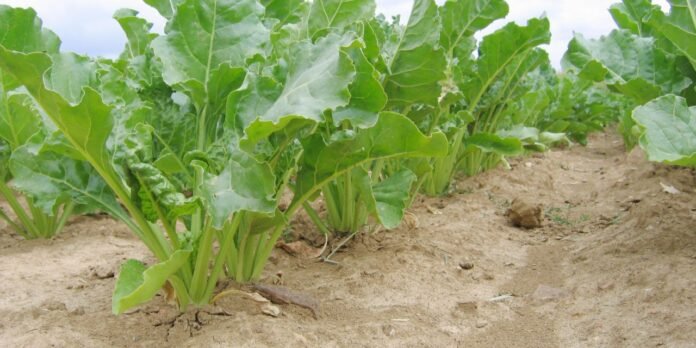The new arable crop insurance system includes a three-tier system: the first level of loss remains the responsibility of the farmer, then crop insurance – whose subsidy rate is raised to 70% – can step in from 20% loss; finally, the National Solidarity Fund (FSN), available to all, takes over more than 50% of the losses. The increase in the subsidy and the reduction in the co-payment had been a wish of the rural associations for several years. CGB therefore advises plants to take out insurance to deal with the vagaries of the weather, which are more and more frequent.
When to subscribe?
Uninsured farmers must take out their MRC contract by 31 December. Those who are already insured can, if they wish, switch to the new system from January 2023 and must report their crops by 31 January. The declared rotation must be exactly the same as the PAC declaration; they will therefore be able to adjust their rotation until May.
National Solidarity Fund
The state intervenes through the national solidarity fund (FSN), which is open to all farmers in case of extraordinary losses (losses of more than 50% for field crops). But the compensation will be different depending on whether you are insured or not. For insured persons, it is 90%, and the insurance company covers the remaining 10%.
For the uninsured, the public compensation percentage is decreasing: 45% from 2023, then 40% in 2024 and 35% in 2025. In the future, a farmer will therefore have an even greater interest in taking out insurance.
One-stop-shop insurance companies
The insurance companies will be the authorized interlocutors to carry out expertise and compensation, including the National Solidarity Fund. Uninsured farmers must therefore, by 31 March 2023, choose an insurance company that will be their sole point of contact to benefit from the DSF.
A subsidized franchise from 20%
Insurance can be subsidized at 70% from a 20% deductible (against the previous 25%). If you want to take full advantage of FSN, the deductible on the insurance taken out must be between 20 and 40%.
The calculation of the loss is based on the choice of a 5-year or three-year Olympic return reference, depending on the capital one wants to insure.
To mitigate the effects of a benchmark for poor returns, insurers will be able to offer contracts with a lower deductible (10% or 15%). But beware, the deductible between 20% and 10% is not subsidized!
The sum insured
The insured capital corresponds to the return reference multiplied by the insured price. To benefit from the subsidy rate of 70%, the price of the insured crops must be between -40 and +20% of the level of the scales, which have not been updated since 2017: that is, a maximum of €208/ten supply of wheat, €193/t for maize, €476/t for canola, €553/t for sunflower and €31/t for beet. A higher price can be insured, for example €40 for beets, but the premium corresponding to the additional €9 will not be subsidised.
Insurance costs
The cost of the insurance premium should decrease compared to the old MRC. According to the insurance companies, DTF has the effect that the costs of the gross contribution are lowered by approx. 5%. With the reform and the increase of the subsidy rate to 70%, the net contribution would decrease by 25% on average for equal insured capital.
For sugar beet, the premium rate is approx. 1.5% for a 25% excess (it depends on the insurance company’s business policy and the production area). For an insured capital of €2,635 (85 t at €31), the gross contribution will e.g. be €39.5/ha, and the net contribution (after 70% subsidy) that the insured must pay will be from €11.9/ha. .
